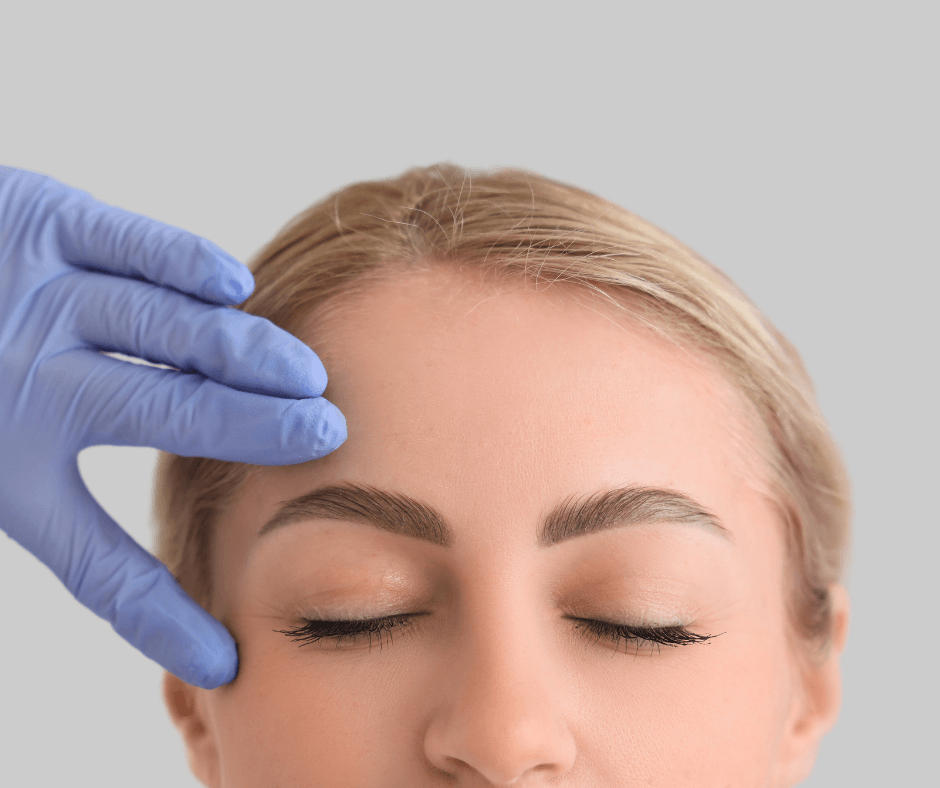Understanding Eye Anatomy for a Successful Blepharoplasty
If you're thinking about getting eyelid surgery, you're probably focused on how it will make you look more refreshed and awake. That's totally fair. Blepharoplasty can do wonders for removing under-eye bags, lifting droopy lids, and smoothing out sagging skin. But there's one factor that often gets...

